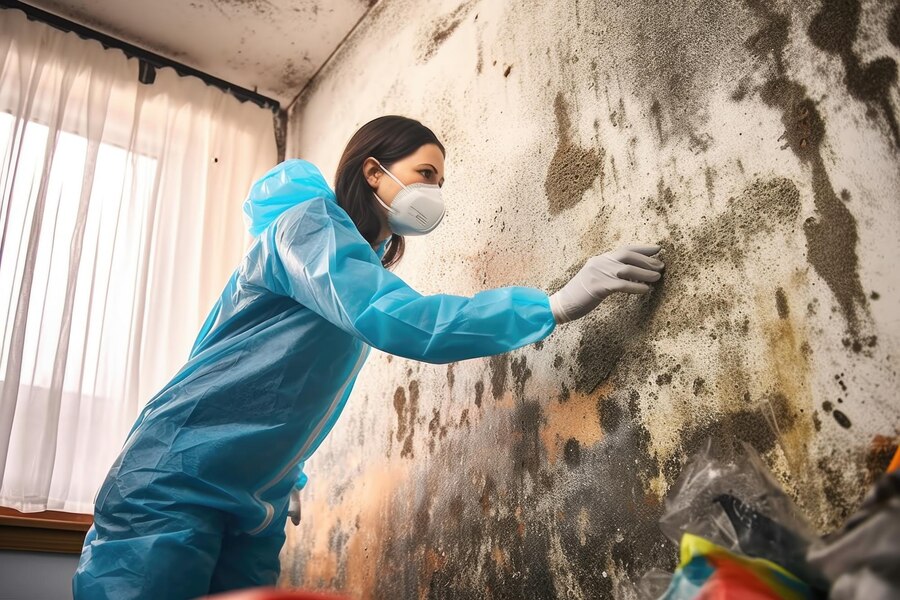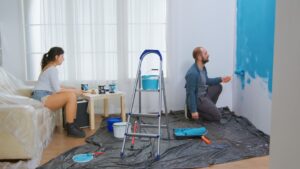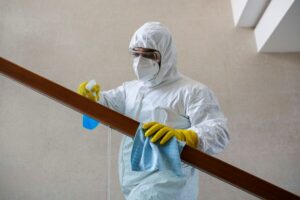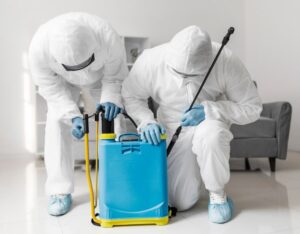Step Guide by Palm Bay Mold Removal
Mold growth in the home can pose significant health risks, from respiratory problems to allergic reactions. Fortunately, by understanding the common household mold types and removal methods, you can effectively address this problem before it worsens. In this guide, Palm Bay Mold Removal provides an in-depth look at how to identify and eliminate mold from your home, ensuring a safer, healthier environment.
Understanding the Most Common Mold Types
Before you begin remediation, it’s important to recognize the common indoor mold species that may be lurking in your home. These molds thrive in damp, humid environments, and can often be found in bathrooms, basements, or areas with water damage. Here are some of the most common types:
- Aspergillus: Found in both indoor and outdoor settings, Aspergillus thrives in warm, moist areas. It can cause respiratory issues and allergic reactions, especially in sensitive individuals.
- Cladosporium: This mold is common in homes, especially in damp areas like carpets or walls. It can cause asthma and allergic reactions.
- Stachybotrys (Black Mold): Known for its potential health hazards, black mold thrives in wet, humid conditions and can lead to severe respiratory issues.
- Penicillium: Often found in water-damaged materials, Penicillium can trigger allergic reactions, asthma, and other respiratory conditions.
- Alternaria: This mold is found in areas with high moisture levels, often in showers and bathrooms, and can cause allergic reactions.
How to Identify Mold in Your Home
To successfully remove mold, you must first identify its presence. Look for these telltale signs:
- Visible Mold Growth: Mold appears as dark patches (green, black, or white) on surfaces.
- Musty Odor: A persistent, musty smell is a common sign of hidden mold growth.
- Excessive Moisture: Mold thrives in damp, humid areas, so check areas with leaks or poor ventilation.
Step-by-Step Guide to Mold Removal
Now that you know what to look for, here’s how to remove mold and keep it from returning:
- Assess the Severity: Before starting, evaluate how extensive the mold problem is. For small patches, DIY removal might be sufficient. Larger infestations should be handled by professionals, like Palm Bay Mold Removal.
- Use Proper Mold Removal Methods: For minor infestations, clean visible mold with a mixture of water and detergent or a commercial mold remover. Be sure to wear protective gear, including gloves and a mask, to avoid exposure to harmful spores.
- Address Moisture Sources: Mold is usually a result of excess moisture. Fix leaky pipes, improve ventilation, and reduce indoor humidity to prevent future growth.
- Professional Remediation Services: If mold covers large areas or if you’re unsure how to proceed, call Palm Bay Mold Removal. We specialize in professional mold remediation, ensuring thorough treatment and long-term prevention.
Preventing Mold in the Future
Once you’ve successfully removed mold, it’s crucial to implement strategies to prevent future growth:
- Control Humidity: Use dehumidifiers in high-moisture areas and keep humidity levels below 50%.
- Improve Ventilation: Ensure that rooms, especially bathrooms and kitchens, are properly ventilated to avoid moisture buildup.
- Regular Inspections: Regularly inspect your home for signs of mold growth, particularly after heavy rains or water damage.
Why Choose Palm Bay Mold Removal?
At Palm Bay Mold Removal, we understand the health risks associated with mold exposure. Our team is equipped with the latest tools and expertise to tackle all mold types, from the most common indoor molds to the more hazardous black mold. We offer thorough inspections, eco-friendly remediation, and long-term prevention strategies, ensuring that your home remains mold-free and safe.
By using these common household mold types and removal methods, you can effectively eliminate mold and prevent it from returning. If you’re dealing with a severe mold problem, don’t hesitate to contact Palm Bay Mold Removal for expert assistance.





